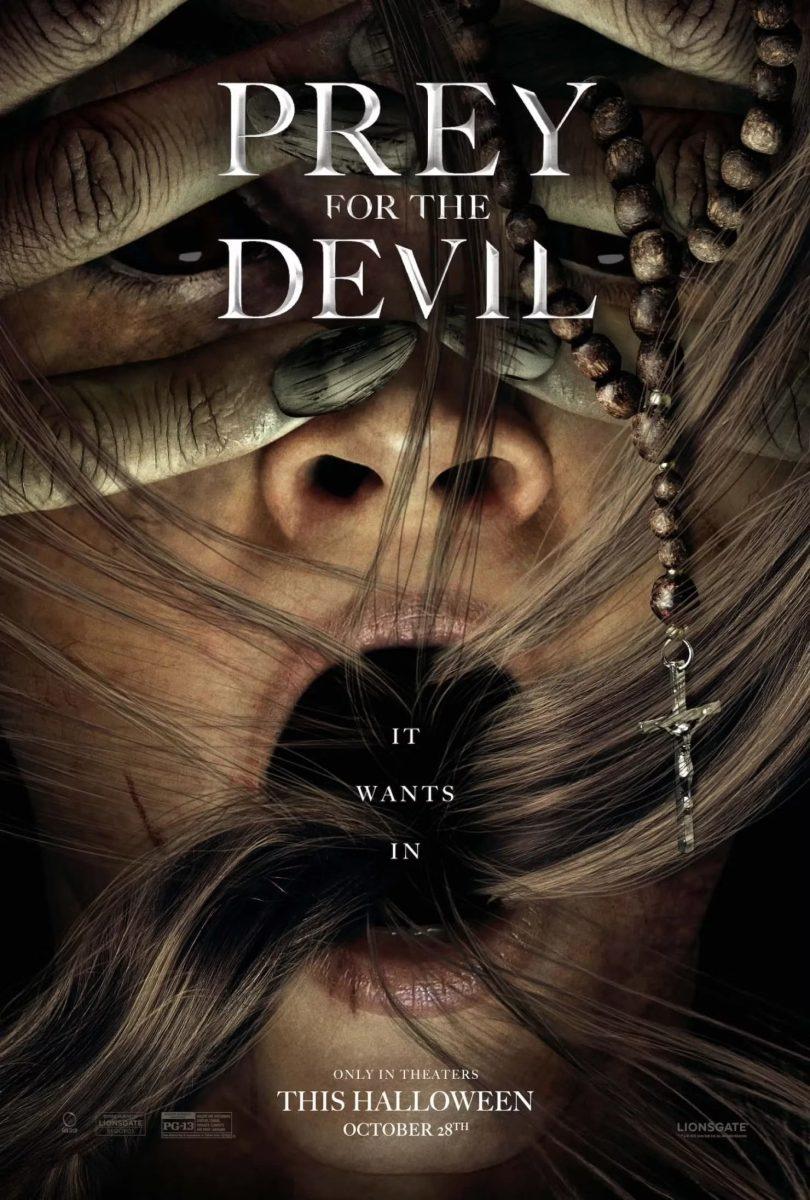Rating: 8/10
Demonic possession and exorcisms have long been familiar themes in jump scare films since “The Exorcism.” The sight of bodies contracting so wildly even hardcore contortionists find it frightening. Pale skin crumbling and even possessed children teleporting is no longer a novel cinematic invention. In terms of exorcism interpretation, “Prey For The Devil” may not offer the most original angle, but by unflinchingly exploring generational trauma, survivor’s guilt, empathy and recovery, the horror flick exposes a tangle of internal mythologies that make it both terrifying and profoundly moving.
When science and medicine are mixed with religion and the supernatural, an interesting juxtaposition is presented as they work together to prevent tragic outcomes for deeply uncouth individuals. In exorcism movies, the main plot is often set in the character’s disheveled home. However, “Prey for the Devil” mostly unfolds within the confines of a religious institution dedicated to understanding demonic possessions in correlation with mental illness.
Studies in case reports and academic journals have documented that religious professionals should encourage appropriate psychiatric treatment and increase their knowledge of mental illnesses. Through psychological evaluations, physical examinations and the triage of exorcisms, an exorcist’s art of discernment allegedly draws on science and religion to locate the source of trouble.
Rather than being at odds with one another, psychiatrists and exorcists work together in “Prey for the Devil” to recover individuals. The setting is sterile and faithful, pious and academic, a sanctuary for the troubled and a hell for the possessed.
Under her compassionate exterior, Sister Ann, played by Jacqueline Byers, is grappling with an unholy amount of emotional trauma. Ann’s narrative is a story of generational trauma, in which her encounters with the demon who possessed her mother led to consequences in her life which extended to others. The church’s ancient doctrine of exorcists being a male’s job conflicts with Sister Ann’s gift of helping the possessed. According to a Variety Review, “Byers is likable enough to make her heroine one we wouldn’t mind seeing reprised.”
As those tormented by these demons also endured their metaphorical demons, several moments in the movie were disturbing and poignant. As the demon plagues the possessed minds, the possessed bodies bend and crack, and it’s, to put it mildly, downright terrifying. Church clerics’ faux pas reflect a desire to rid the “monster” behind the individual, whereas the less-than-holy doctors and protagonists recognize the victim behind monstrous circumstances.
According to Cine Movies, “Prey For The Devil” is freaky rather than scary, especially during the contortion scenes when the actor’s bodies bend and crack when the demon takes over. Those scenes are bone-chilling.”
In contrast, many film critics have crucified the movie. It has been described by AV as a “ruthlessly edited would-be horror film with little originality,” while Chron has declared, “at last, the glass ceiling of poor ‘Exorcist’ knockoffs has been broken.” With such scorching reviews, it’s safe to say that this movie was the perfect prey for dedicated critics to pounce on.
Although Sister Ann’s internal turmoil and role within a gender-divided spiritual institution is an intriguing angle, it was relatively overlooked.
According to Variety, “this faux-progressive battle of the sexes is mostly just set dressing, an underexplored idea that has very little to do with Sister Ann’s character arc,” while Variety was highly critical of the movie’s failures, stating, “Even if it falls short of being particularly memorable or scary, this is a decently entertaining possession potboiler.”
“Prey for the Devil” achieves what horror movies are all about: scaring audiences. It was an incredible and intense cinematic undertaking that depicted Sister Ann’s journey and its themes of medicinal empathy and healing trauma in a way that has the potential to scare many this Halloween.










